Introduction
As winter’s grip begins to loosen and the first whispers of spring fill the air, Ireland celebrates one of its most cherished spiritual figures. Today, February 1st, marks the feast day of Saint Brigid of Kildare (c. 451-525 CE), a remarkable woman whose legacy continues to inspire and illuminate our modern world.
A Bridge Between Two Worlds ✨
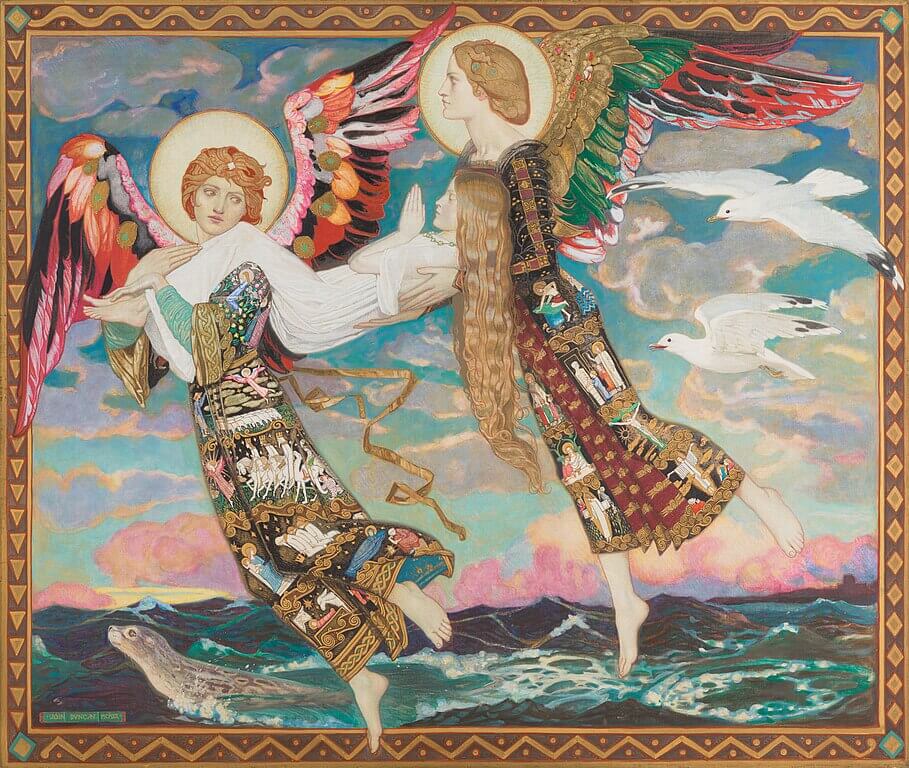
Born at the crossroads of two traditions, Saint Brigid’s life story reads like a beautiful tapestry woven with threads of both pagan and Christian heritage. As the daughter of Dubhthach, a pagan chieftain, and Brocca, a Christian slave, she embodied the harmonious transition of Ireland from its ancient Celtic traditions to Christian faith. Her birth date coinciding with Imbolc, the Celtic festival of spring’s awakening, seems almost prophetic of her future role in bridging these two spiritual worlds.
The Making of a Saint 🕊️
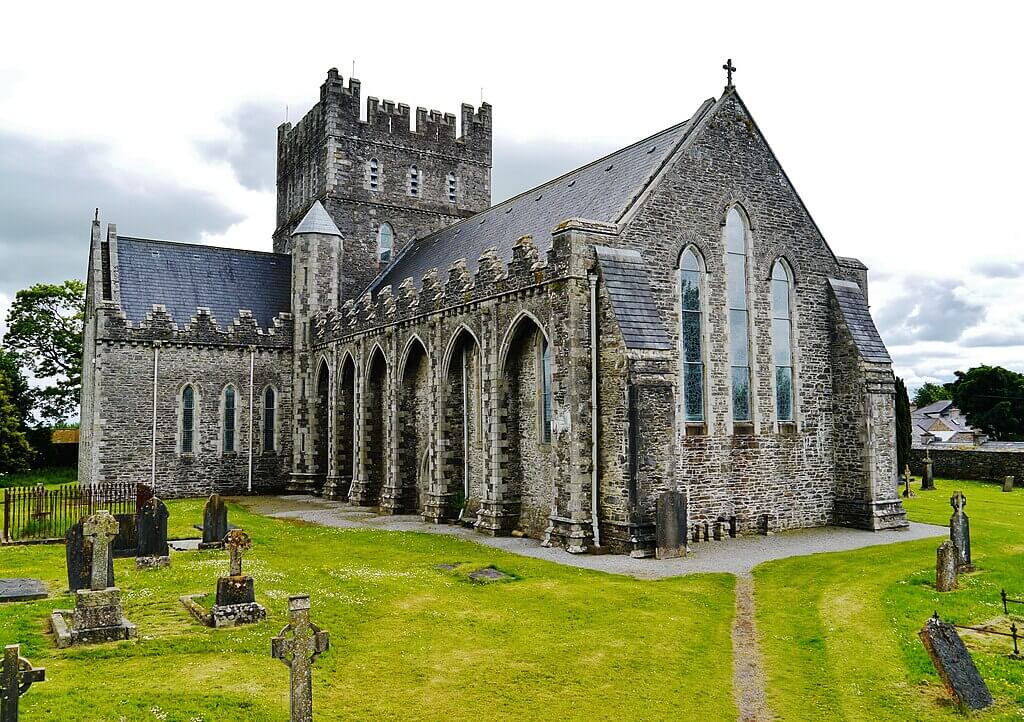
Young Brigid’s path to sainthood began with a profound act of defiance – refusing an arranged marriage to follow her spiritual calling. After receiving the veil from Saint Mel of Ardagh, she established the monastery of Kildare around 480 CE, pioneering a revolutionary concept: a double monastery housing both nuns and monks. This center of learning soon became famous for its exquisite illuminated manuscripts and masterful metalwork.
Miracles and Sacred Traditions 🌟
The tales of Saint Brigid’s miracles paint a ort he of a woman whose compassion knew no bounds. From multiplying food ort he hungry to healing the sick, her acts of kindness became legendary. Perhaps most famously, she was known for converting water into beer for laborers – a miracle that has endeared her to generations of Irish people!
The Brigid’s Cross: A Symbol of Protection 🪢
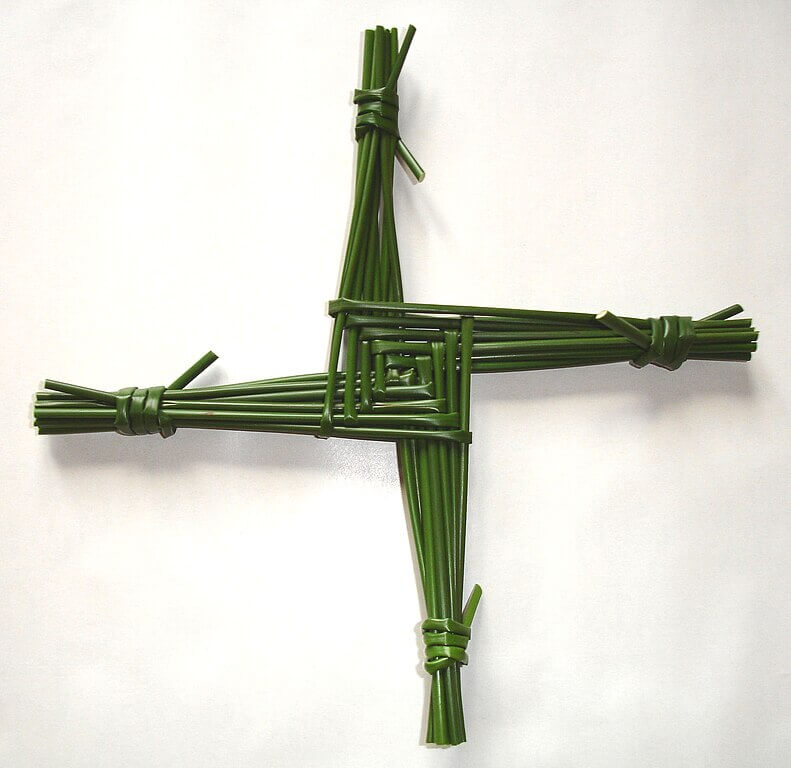
One of her most enduring legacies is the Brigid’s Cross, a distinctive symbol crafted from rushes or straw. Legend tells us she created the first while explaining Christianity to a dying pagan chieftain. These crosses still adorn Irish homes today, serving as protective talismans against fire and evil.
A Modern Saint for Modern Times 🌍
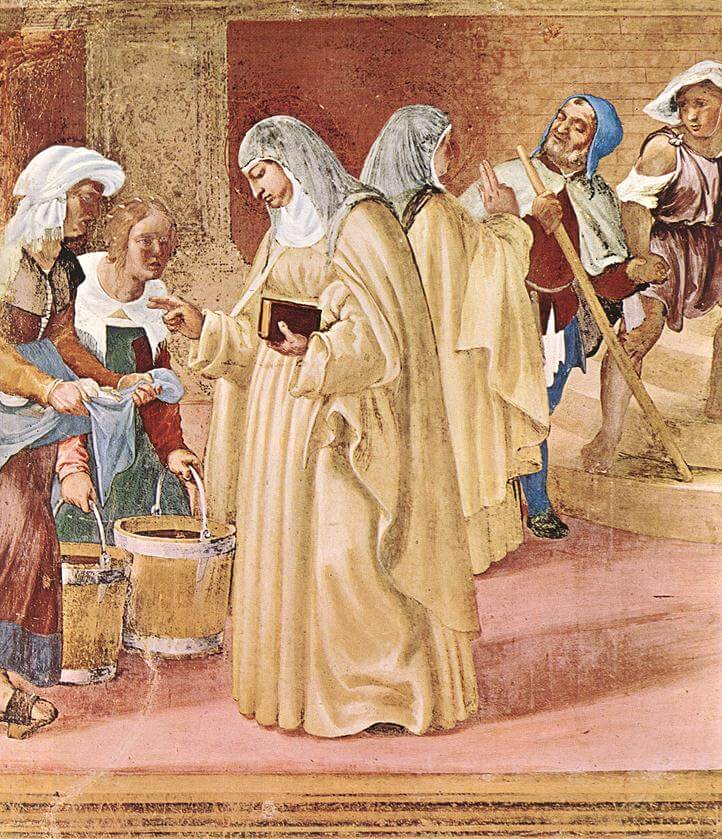
In 2023, Ireland took a historic step by declaring February 1st a national holiday – the first Irish public holiday named after a woman. This recognition speaks volumes about Saint Brigid’s continued relevance in our contemporary world. Her values of environmental stewardship, women’s leadership, and care for the poor resonate deeply with modern concerns and aspirations.
Celebrating Saint Brigid Today 🎉
From crafting traditional crosses to visiting holy wells, communities across Ireland and beyond continue to honor Saint Brigid’s memory through various customs and celebrations. Her feast day marks not just a religious observance but a celebration of Irish heritage, feminine wisdom, and the eternal cycle of nature’s renewal.
A Living Legacy 📚
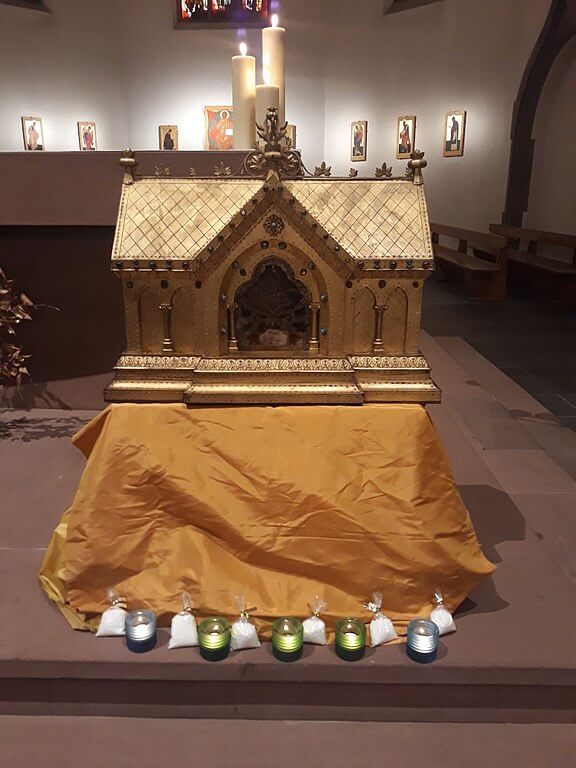
Today, countless educational institutions worldwide bear her name, carrying forward her commitment to learning and spiritual growth. Her influence extends far beyond classroom walls, inspiring movements in feminist theology, eco-spirituality, and interfaith dialogue.
As we celebrate Saint Brigid’s feast day, let us remember her as more than just a historical figure. She represents the timeless qualities of compassion, wisdom, and the harmonious integration of faith and culture. In her honor, we share the traditional blessing:
“Brat Bride ort” – “The mantle of Brigid be upon you.” 🙏


 ByKus
ByKus Historia
Historia Logos
Logos Humanitas
Humanitas Aesthetica
Aesthetica Cinemania
Cinemania Lingua
Lingua Mythos
Mythos Theologia
Theologia Bibliotecha
Bibliotecha Persona
Persona Quid
Quid News
News Politico
Politico Mundialis
Mundialis Oeconomia
Oeconomia Athletica
Athletica Technologia
Technologia Medicina
Medicina Scientia
Scientia Astronomia
Astronomia













